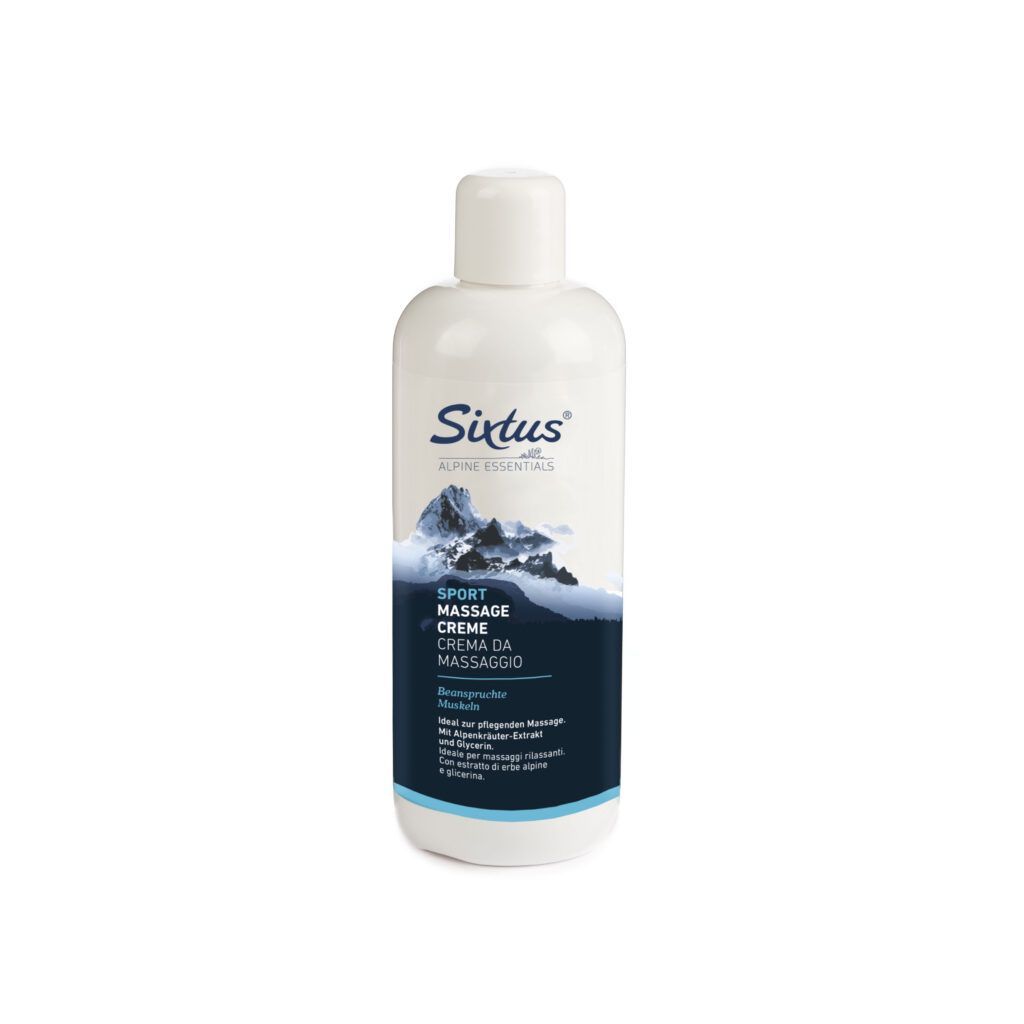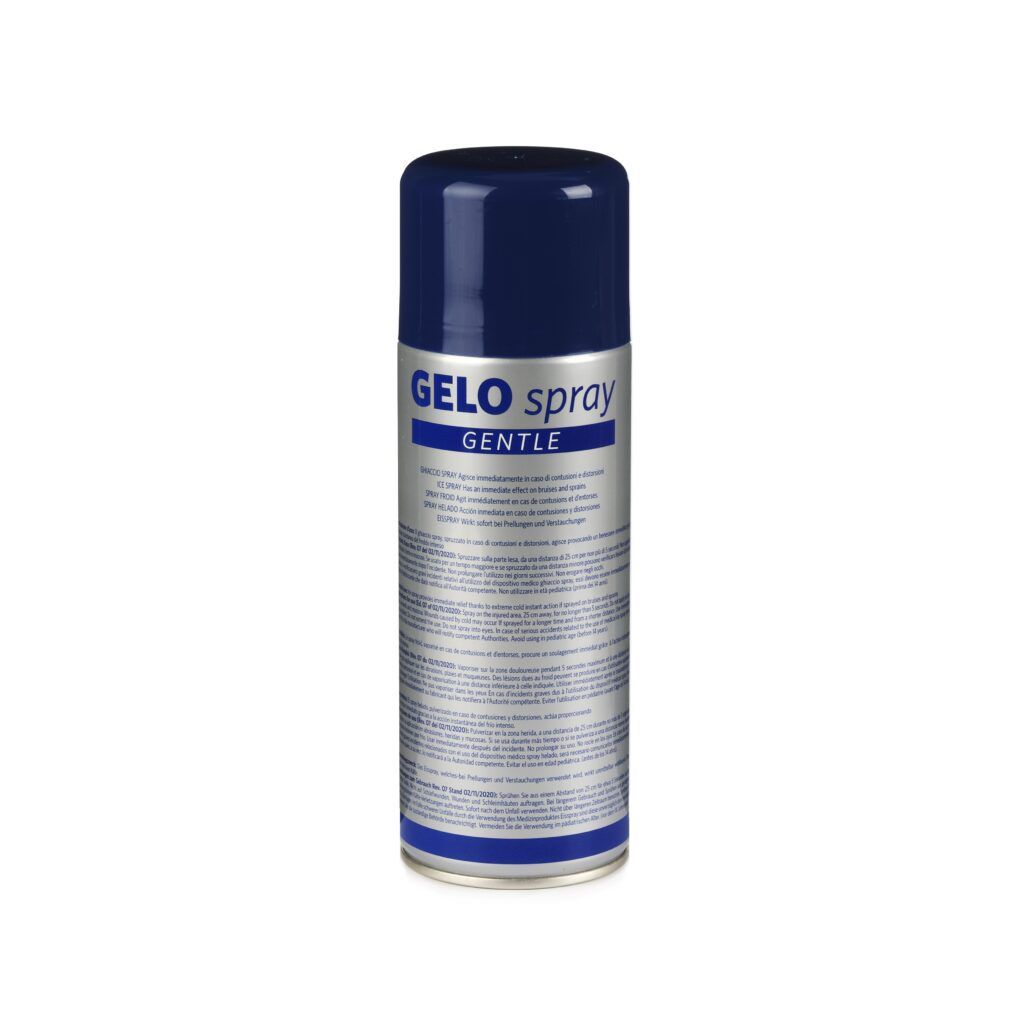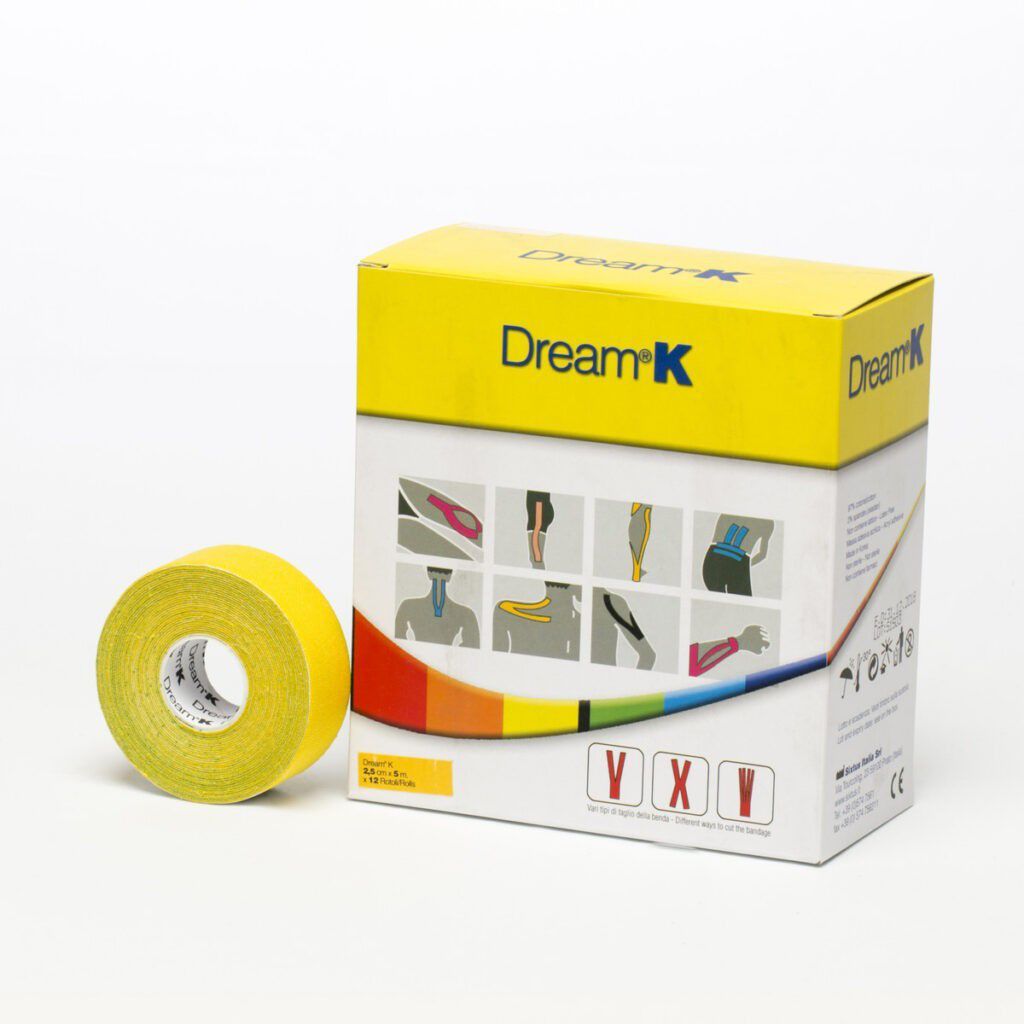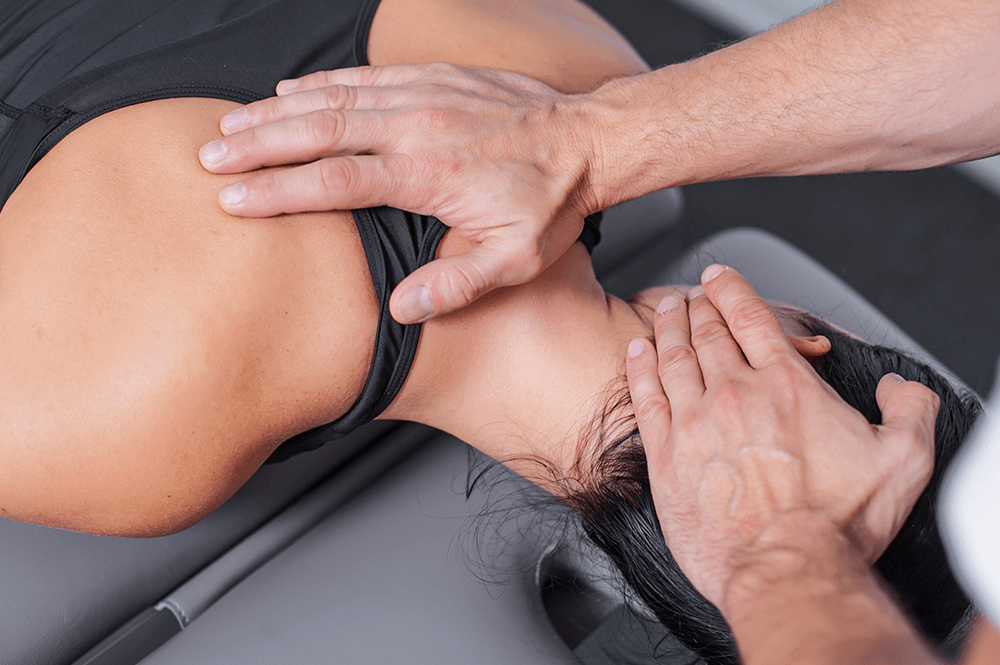Bruxism in children: how physical therapy can help
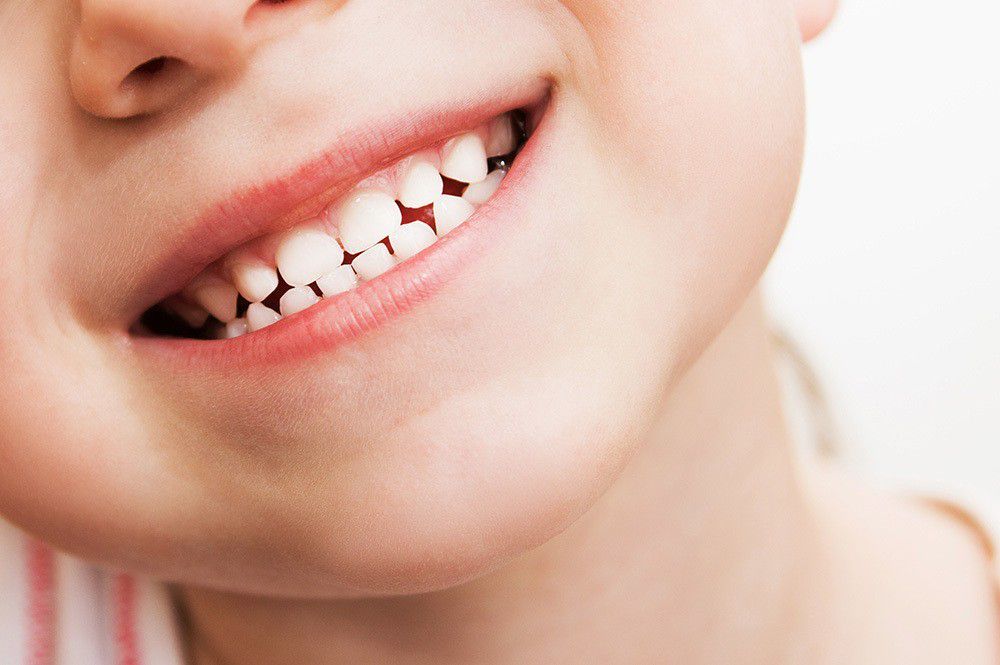
- 1 Some general informations
- 2 Consequences
- 3 What to do
- 4 The role of the physiotherapy
- 5 Metods
Bruxism in children: within normal limits or problematic?
Teeth grinding in children can have completely different causes, which often depend on age.
Younger children usually start grinding when their first teeth emerge. Pressing the teeth together reduces the pain caused by the growth of new teeth. In pediatric dentistry, it is known that bruxism in children occurs in around 20% to 30% of the cases.
Generally, children stop grinding their teeth on their own when they are teenagers.
But bruxism in young children may not be caused by pain alone. It can happen because the child naturally wants to experiment with their teeth.
In addition, some children even take great joy in making the typical teeth-grinding noise. Usually, the child stops doing this when all their teeth have come through.
In older children, however, bruxism may have psychological causes. Stress, in particular, is one of the leading causes, but in other cases, a direct cause cannot be found. Several possible triggers are known, such as psychological factors, sensitivity, fear, and family and school problems. Teeth grinding can also be a bad habit the child adopts when they don’t get what they want to annoy their parent.
Stress is also a problem, according to pediatric dentistry.
Still, it remains unclear to what extent the trigger is a genetic predisposition or whether teeth grinding represents a disease that requires treatment.
If nighttime tooth bruxism in children is only intermittent, there is no cause for concern, and treatment is not necessary.
However, if bruxism occurs very frequently and very regularly during the night and secondary symptoms appear, therapeutic measures should be taken. Under certain circumstances, teeth grinding can have consequences that are not always insignificant.
If your child tends to grind their teeth, it is not necessarily a cause for concern.
Don’t admonish or scold them, but observe the habit and keep track of the following points:
- How often and with what intensity does the child grind their teeth?
- Does tooth bruxism occur mainly at night or often during the day?
- Does bruxism occur in stressful situations when the child is excited or restless?
- Does the child complain of headaches or toothaches?
If bruxism occurs more often during the day and in stressful situations, or the child repeatedly complains of pain in the head area, a dental examination is recommended.
Bruxism in children: consequences
The symptoms that can result from bruxism in children can be entirely different for each child, even in their severity.
The variable that matters most is the intensity with which they grind their teeth during the night.
In some cases, bruxism occurs not only at night but also unconsciously during the day, especially in stressful periods or situations.
Bruxism can cause damage to tooth enamel and wear down the teeth to the point of loosening.
In addition, the masticatory, maxillary, and mandibular muscles are so stressed and overworked that they can be damaged.
Subsequently, muscle problems can occur that extend to the cervical or the whole spine.
Painful syndromes can manifest such as:
- ringing in the ears and severe pain,
- visual disturbances,
- nausea and dizziness,
- headaches,
- muscle pain and severe tension in the neck and spine.
If a toothache occurs due to bruxism, a dentist should take appropriate measures.
Bruxism: treatment options for children
If the symptoms caused are so severe that the child is in tremendous pain, various treatment options may be necessary.
This is especially advisable if teeth grinding has caused headaches or painful muscle problems, cases for which relaxation exercises are particularly important.
Possible dental treatment usually involves a custom-made “bite” to limit or absorb bruxism.
It is worn at night and prevents the teeth from being damaged by bruxism, and, in many cases, is the only action taken.
If the cause of tooth grinding is not physiological, then it should be addressed orthodontically.
Sometimes, interdisciplinary collaboration and child-supportive therapeutic procedures are needed to provide age-appropriate relief from the stressors causing it.
Bruxism in children: what physiotherapy can do
Physiotherapy for bruxism of the teeth and jaw tension in children is designed to provide relief for young patients.
Various therapeutic measures can help children get rid of bruxism and relax the muscles in cases of acute tension.
Different treatments are possible based on the child’s age.
The physical therapist decides which of these is most suitable for the child based on several factors, such as the cause of the problem, concomitant diseases, the child’s stage of development, and overall health status.
The different causes mean that bruxism in children may not always require treatment or be a cause for concern.
Still, the enormous forces acting on the jaw during bruxism can cause several other problems, such as neck tension, which can cause additional symptoms for children, such as headaches or developing muscle aches and later creating incorrect movement patterns and tension problems due to a protective posture.
Physiotherapy is particularly important in the treatment of bruxism and jaw tension in children, as children are usually treated conservatively, the physiotherapist is the first point of contact after a medical diagnosis.
The physiotherapist will then initially create a treatment plan tailored to the child, taking into account the diagnosis, age, and general condition, to correct the child’s problems. Ideally, this means that treatment that prevents bruxism and jaw tension can also resolve this problem long term. Especially with children, many relaxation methods are used.
Depending on the age of the child, playful relaxation exercises are performed, and the jaw joint is treated manually with gentle massage techniques. In addition to physiotherapy treatment at the surgery, the treating therapist gives children and parents tasks to do at home.
These can be relaxation exercises or small rituals to do before bedtime to reflect on the day so that the child does not only process what happened during sleep. In general, it is essential in physical therapy to accommodate small patients to allow for age-appropriate treatment.
Bruxism: some examples of Physiotherapy Exercises
Here are some age-appropriate exercises to treat bruxism and jaw tension in children. They are mainly used to loosen up and relax.
- Tooth counting: the child first moves the tongue along the row of teeth from left to right and counts the individual teeth. Repeat a few times, alternating left and right.
- Turning the tongue: the child sits on a comfortable surface with their eyes and mouth closed. The should move their tongue around the mouth in circular motions. Perform 1-2 minutes.
- Open the mouth: during this exercise, the child should open their mouth slowly and in a controlled way as much as possible without pain. Keep it open as long as possible, and then close it slowly. Repeat 3 times.
- Move the jaw: during this exercise, open the mouth slightly and slowly move the lower jaw from left to right and vice versa. Perform 1-2 minutes.
Other types of useful techniques to combat bruxism in children:
- Acupuncture
- Traditional Chinese medicine
- Fascial training
- Osteopathy
Summing up
Overall, bruxism and jaw tension are not uncommon in children and, in most cases, are developmental stages that disappear on their own. Parents should, however, remain cautious and observe the child for abnormalities so that they can promptly consult a doctor if necessary so that serious problems can be treated promptly. With its many treatment options, physiotherapy forms a large part of conservative therapy for children. The prerequisite for good treatment success is not only good cooperation among all involved but also the therapist’s experience treating young patients and empathy.

